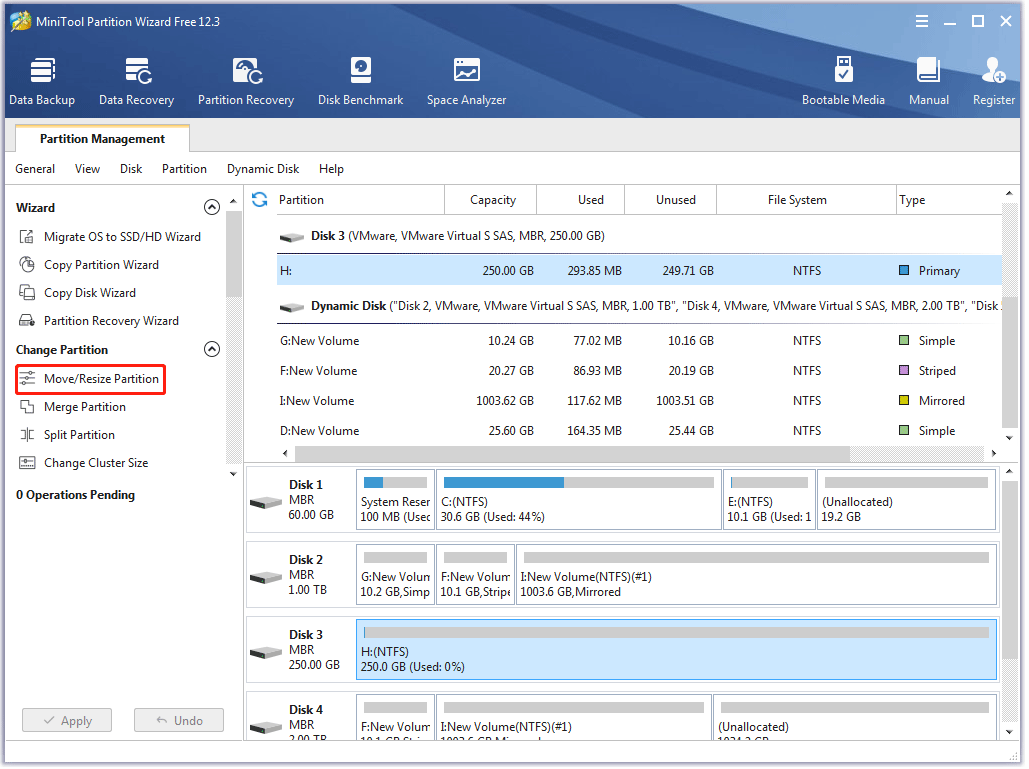

Seeing the hot sale of the series, WD was determined to devote itself to the hard drive market.
#Partition wd my passport for both mac and windows series
3 Years later, WD launched Caviar series of hard drives. In 1988, WD officially started hard drive design and manufacturing. Then, WD turned to the production of floppy disks and hard disk control chips due to the collapse of its largest customer in the economic crisis in the mid-1970s, which marked that WD began to enter the data storage market. Initially, WD was a manufacturer of MOS test equipment. Brief Introduction of WD Hard Drive Historyīrief Introduction of WD Hard Drive Historyīefore learning about the WD external hard drive, let’s briefly review the history of the WD hard drive.ġ970 witnessed that Western Digital (WD) was founded.Use the Add ( +) option to create a new partition and choose the Name, Format, and Size for each partition by selecting it in the diagram. Select your external drive from the sidebar and click the Partition button. If you can't find it, press Cmd + Space to search for Disk Utility using Spotlight. Then go to Applications > Utilities and launch Disk Utility. If you can spare more space, definitely do so.Ĭonnect your external hard drive to your Mac. However, you shouldn't go smaller than double the size of your Mac.įor example, if you have a 128GB MacBook, you should allocate at least 256GB for Time Machine backups. If you don't want years' worth of backups, you can reduce this size as you see fit. We recommend that you allow two to four times the size of your Mac's internal drive. When you partition your hard drive, you get to choose how much space to allocate for your Time Machine backups. You can make a Time Machine backup after partitioning the drive, but your backup history will restart from that point forward. That means you may lose any existing Time Machine backups. Unfortunately, creating a new partition often erases your external drive. You even need to eject each partition separately before you can safely unplug your drive. They have distinct names, varying amounts of storage, and can use different formats. This is because the drive will carry out many more read and write actions as you save, edit, and delete extra files.Īfter you partition a hard drive, your Mac sees each partition as a separate drive. If you choose to use your Time Machine drive as external storage, you might shorten its lifespan by doing so. Your external hard drive is no exception it has moving parts that read and write data, which can give out over time. The more you use a mechanical item, the more likely it is to fail. You might not care to have extensive backups of files you deleted years ago, in which case there are better uses for your external drive.īe Careful When Storing Files on Your Time Machine Drive The downside to Time Machine's historic backups is that the oldest files remain on your drive until it runs out of storage. Obviously, that isn't particularly useful. With this method, you'd have no way to retrieve a deleted file if you already made a new backup. In contrast, the alternative to historic backups is to overwrite the previous files every time you back up your Mac.

Thanks to these historic backups, you can travel back in time to restore your Mac's data from days, weeks, or months ago. This means it keeps older copies of files even after you edit or delete them, until a time when you need more storage for newer backups. Time Machine works by creating historic backups of your Mac.


 0 kommentar(er)
0 kommentar(er)
